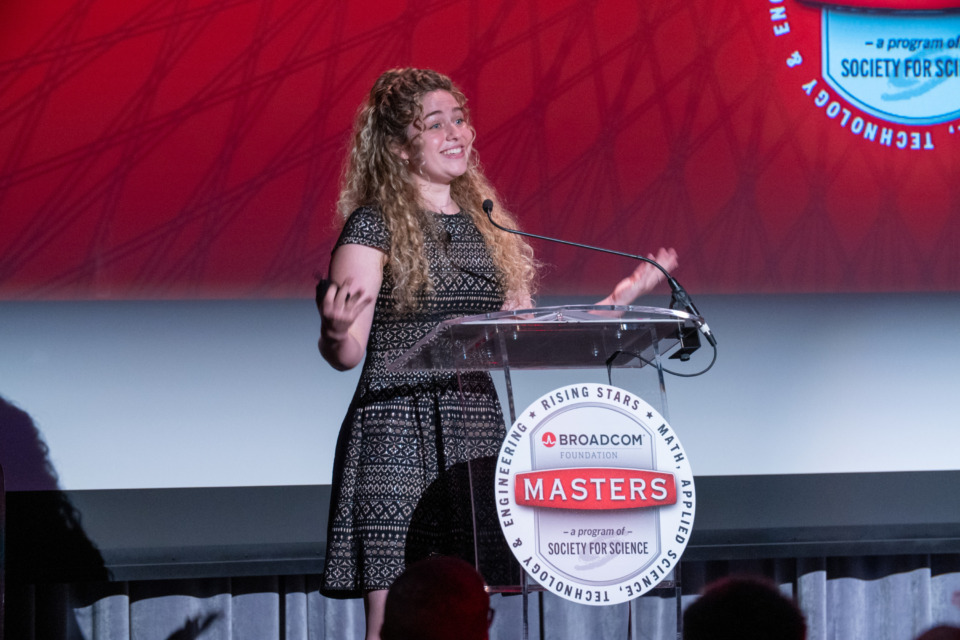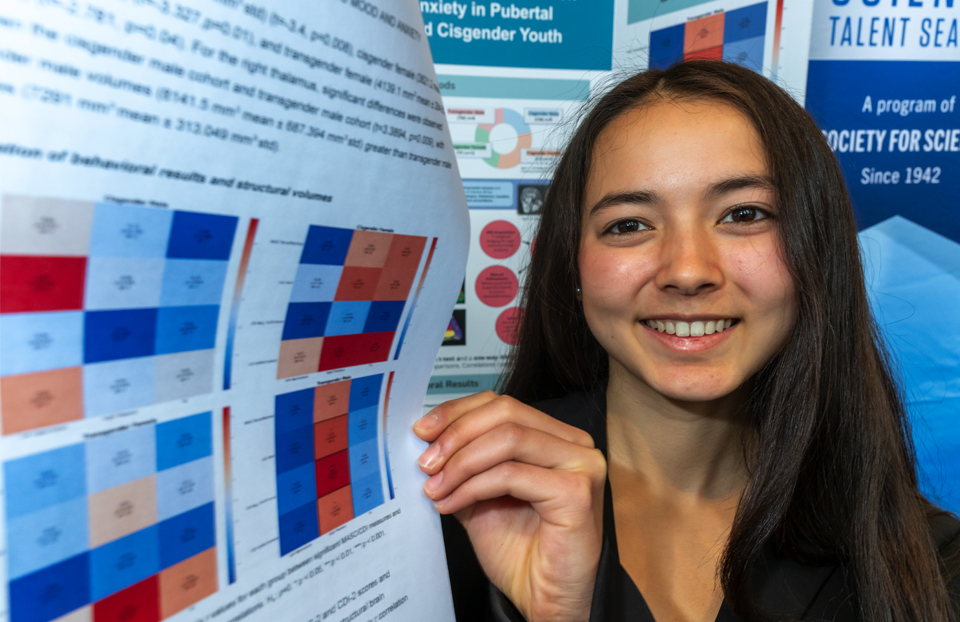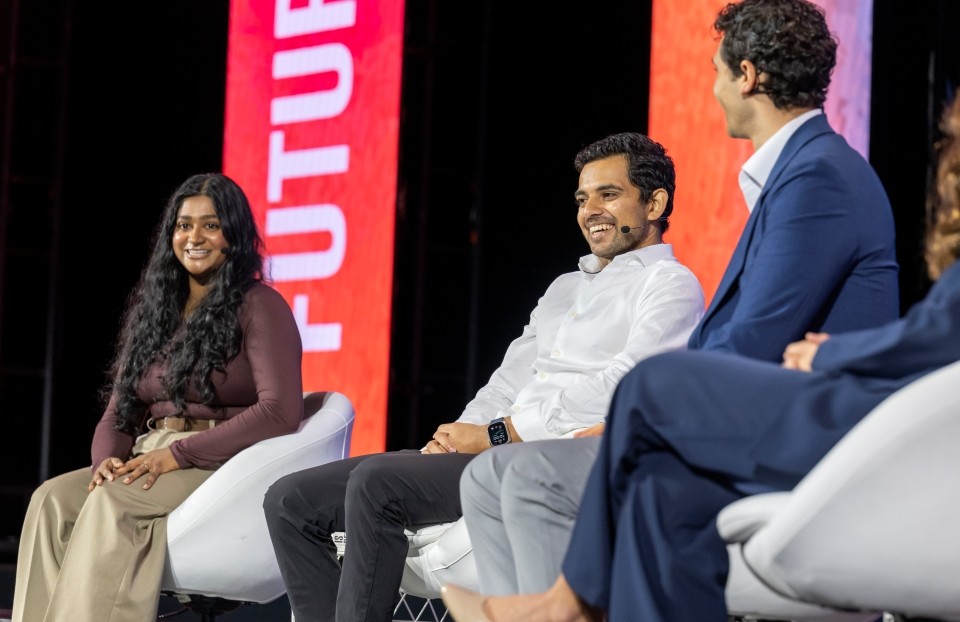Finding sustainable cleaning methods for oil spills
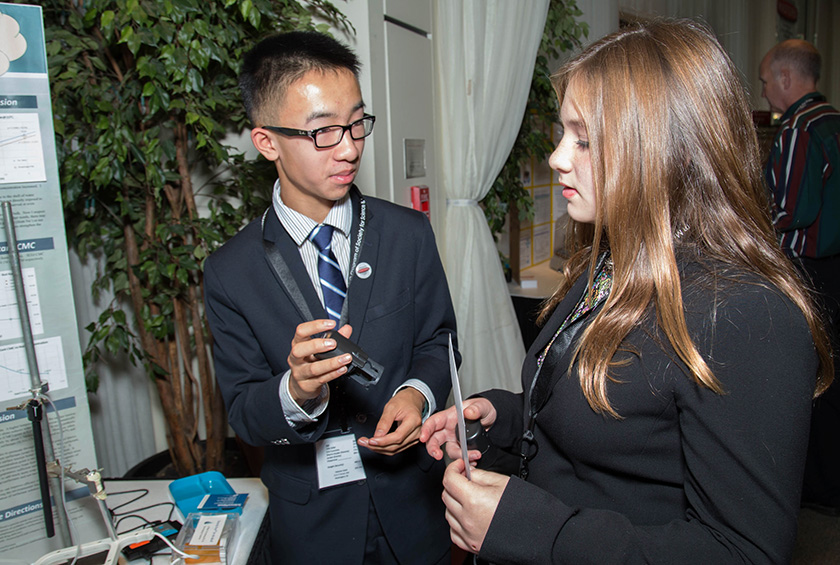
Cleaning up oil spills is an intensive, dirty job. One middle school student wanted to find the most efficient and sustainable cleaning method for oil spills.
Nathan Deng, a 2016 Broadcom MASTERS top winner, washes dishes at home and noticed that both dishwashing and oil spills require surfactant chemicals. Surfactants grab onto grease to help water wash it away. They break up the surface tension of a liquid, disintegrating big drops. Some of these chemicals are toxic to ecosystems when mixed with oily compounds, like an oil spill.
Read on to find out more about Nathan’s research.
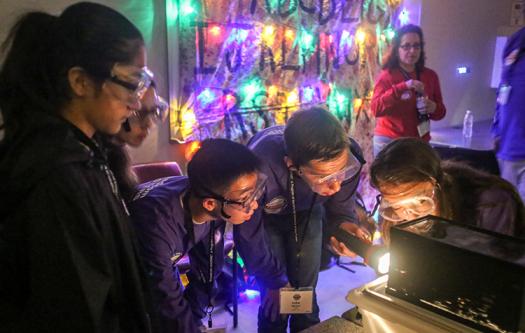
HOW HIS APPARATUS WORKS: Existing measuring options are crude or costly, so I designed my own equipment that uses a syringe, flexible tubing, a thermometer, and a precise scale. I tested how different temperatures affected the surface tension of distilled water. As the temperature increased, surface tension decreased at a steady rate.
I also tested the effects of varying concentrations of a surfactant and salt, on their own and in combination with each other. The surfactant alone lowered the water’s surface tension, and a combination of surfactant with a bit of salt worked even better. This could save money and possibly reduce environmental impacts.
Young inventors can actually tackle current real-world problems.
I manipulate the surface tension of water to find a better, more environmentally safe way of cleaning using biosurfactants. The smaller the weight of the drops formed by a liquid, the less surface tension that liquid would have. Lowering surface tension is the key to effective cleaning, because it allows water to permeate through the crevices of dirty objects.
Science and math help you understand the world around you.
I want to start investigating biosurfactants, their effects on the surface tension of water, their micelle formation in water (and oil), and most importantly, their efficiency in cleaning. I plan to continue developing and refining my apparatus so that eventually it can be packaged and distributed as a kit to students, teachers, and researchers to study surface tension. I also want to distribute it to people in developing countries whose water supply may be contaminated by harmful surfactants.
Be a champion for science like Nathan. Join the Society today.
WHEN HIS NAME WAS CALLED FOR THE LEMELSON AWARD FOR INVENTION: I felt excited, honored, and inspired to be the first recipient of the Lemelson Award for Invention. At first I thought that young inventors like me were not able to do much to benefit others, and that my ideas for distributing my apparatus to people in developing countries was naive and unremarkable.
You can learn [science and math] from books and teachers, but you can also discover it yourself by doing science projects.
But when I was presented with this special and prestigious award, it was a confirmation that young inventors can actually tackle current real-world problems, and that my ideas for inventions are valued and have great potential. A kid can dream big — especially for the benefits of those around me and people in poor and developing countries. The award inspired me to continue studying engineering and coming up with new ideas.
HIS FAVORITE PART OF BROADCOM MASTERS: My favorite part of Broadcom MASTERS was getting to know the other finalists and working as a team to complete the challenges. Everyone had great ideas to share and it was a lot of fun discussing our ideas and designs during the challenges.
It was fun building a crab claw out of the simplest objects.
My favorites were the build-a-brain and the blue crab hydraulics challenges. Build-a-brain was very fun because it allowed my group to think creatively, but also analytically and critically. My group created a very imaginative brain, and everyone was able to contribute and be open-minded. The crab hydraulics challenge involved a lot of engineering. It was fun building a crab claw out of the simplest objects — syringes, wood, tape, hot glue, etc.
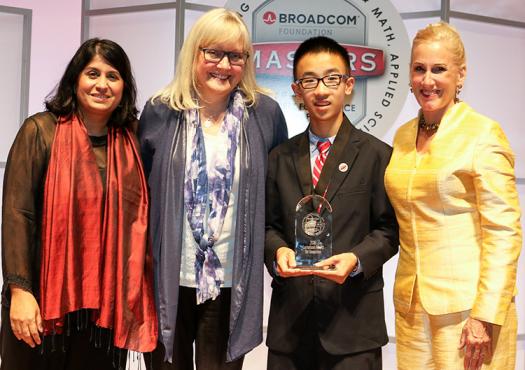
ADVICE FOR OTHER YOUNG PEOPLE INTERESTED IN STEM: Science and math help you understand the world around you. You can learn it from books and teachers, but you can also discover it yourself by doing science projects.
Pursue your passions and do what you’re interested in. Don’t just do science projects as school assignments — do projects to solve an intriguing problem of your choosing or to find answers to curious questions.
If you are doing a science fair project, try to keep it simple at first. Break down the problem into smaller, manageable steps. That way, you will know what you’re doing, be able to build on your knowledge gradually, and improve your project and make it more advanced.
Do science projects to solve an intriguing problem of your choosing or to find answers to questions.
Don’t be afraid to make mistakes. Keep trying — failures help you find the right path. Also, try to work in a team or discuss your ideas with others, since a lot of science projects/challenges require a team effort and exchange of ideas.
